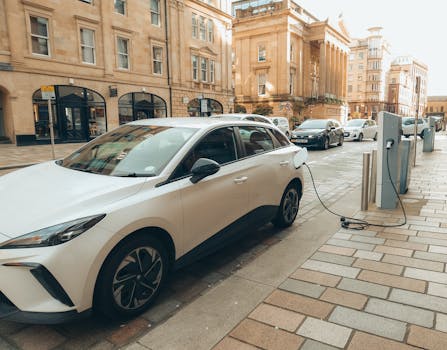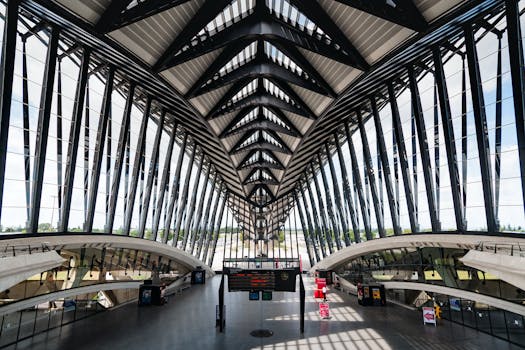
Smart Cities: Urban Trends for 2025
Smart Cities: Urban Trends for 2025 are revolutionizing the way we live and interact with our surroundings. As the world becomes increasingly urbanized, cities are leveraging technology and innovation to create more sustainable, efficient, and livable environments. In this article, we’ll explore the top urban trends shaping the future of smart cities in 2025.
Section 1: Introduction to Smart Cities

A smart city is an urban area that uses different types of electronic data collection sensors to supply information which is used to manage assets and resources efficiently. This includes data collected from citizens, devices, and assets that is processed and analyzed to monitor and manage traffic and transportation systems, power plants, water supply networks, waste management, crime detection, information systems, schools, libraries, hospitals, and other community services.
Section 2: Urban Trends for 2025

The following are some of the top urban trends for 2025:
- Sustainable Infrastructure: Cities are investing in green infrastructure, such as green roofs, urban forests, and renewable energy sources, to reduce their carbon footprint and create more livable environments.
- Smart Transportation: With the rise of electric and self-driving vehicles, cities are optimizing their transportation systems to reduce congestion, emissions, and accidents.
- Internet of Things (IoT): The IoT is transforming urban planning, from smart lighting and waste management to intelligent buildings and homes.
- Data-Driven Governance: Cities are leveraging data analytics to inform decision-making, improve public services, and enhance the overall quality of life for citizens.
- Citizen Engagement: Smart cities are prioritizing citizen participation and engagement, using digital platforms and social media to foster a sense of community and inclusivity.
Section 3: Challenges and Opportunities

While smart cities offer numerous benefits, they also pose significant challenges, such as
- Cybersecurity: The increased use of technology and data analytics creates new vulnerabilities and risks.
- Privacy Concerns: The collection and analysis of citizen data raise important questions about privacy and surveillance.
- Equity and Access: Smart cities must ensure that all citizens have access to the benefits and opportunities they provide, regardless of income, age, or ability.
Section 4: Conclusion

In conclusion, smart cities are the future of urban planning, and 2025 will be a pivotal year for the development of these innovative and sustainable environments. By understanding the top urban trends and challenges, cities can create a better future for their citizens, and for the planet.



